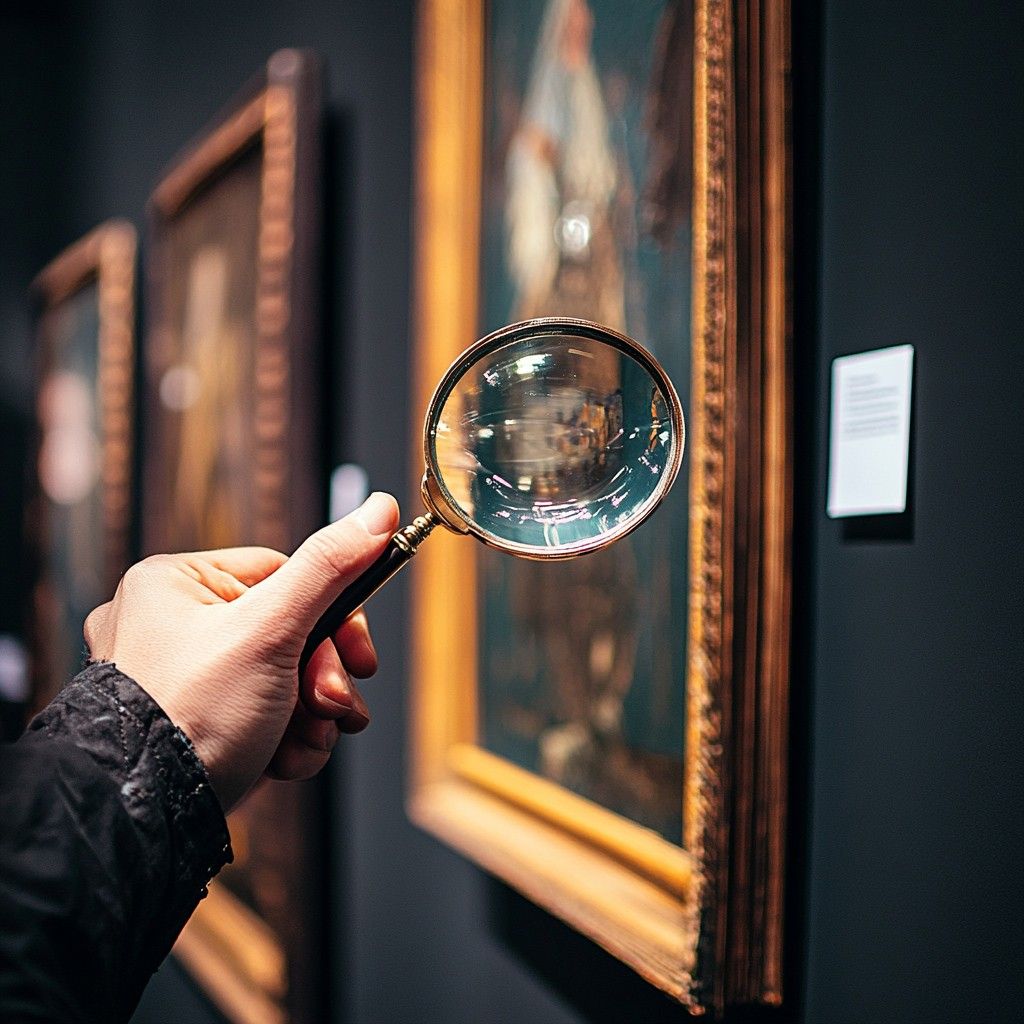Top Mistakes People Make When Valuing Artworks
Understanding the value of your artworks isn’t as simple as comparing online listings or asking a friend with a good eye. Whether for insurance, resale, or estate planning, accurate art valuations require knowledge, experience, and access to current market data.
We invited our trusted partner, Fine Antiques — specialists in professional art valuations — to contribute this article. Their insights highlight common misconceptions art owners often have when assessing the value of their pieces, which can lead to avoidable and sometimes costly mistakes.
Here are the most common mistakes, and how you can avoid them.

1. Assuming Age Equals Value
Just because a painting is old doesn’t mean it’s valuable. In fact, many older artworks by unknown or amateur artists have little market value. What matters more is the artist's reputation, subject matter, medium, condition, and provenance.
Tip: Don’t judge by age alone. Some contemporary works can be worth far more than 19th-century landscapes, depending on demand.
2. Relying on Online Prices or eBay Listings
It's tempting to look at online listings to estimate value — but those prices are often asking prices, not what items actually sell for. Plus, online sales may reflect different markets (e.g., US or UK), which don’t always apply in New Zealand.
Tip: Trust actual sale results and expert comparables — not hopeful listings. A professional valuer uses verified sales databases.
3. Overlooking Provenance and Documentation
An artwork’s history (provenance) can significantly affect its value. Previous ownership, exhibition history, gallery labels, or inclusion in a fitting catalogue all add weight.
Tip: Retain any paperwork, gallery receipts, artist bios, or photographs showing the work in earlier settings. This information can enhance both credibility and value.
4. Cleaning or Restoring the Artwork Yourself
Attempting to clean or restore an artwork without proper training can permanently damage it. Inappropriate cleaning of oil paintings, for example, can remove original paint or alter the surface.
Tip: Never attempt to clean or restore a work of art before an expert examines it. In many cases, the existing condition (even if imperfect) is preferable to amateur restoration.
5. Using the Wrong Type of Valuation
There are different kinds of valuations: insurance replacement, market value, and probate or estate value — and each serves a different purpose. Confusing them can lead to underinsurance or misleading expectations when selling.
Tip: Always clarify why you need the valuation. A professional valuer will tailor the report to suit insurance, estate division, or resale purposes.
6. Valuing Art in Isolation
Sometimes people only focus on one standout piece in their collection, ignoring the overall context. But collections, series, or diptychs/triptychs can have added value when presented as a whole.
Tip: Show related works together. A grouped presentation may yield a higher valuation than individual appraisals.
7. Using Outdated Valuations
The art market changes constantly. An artist who was popular a decade ago may not command the same prices today — and vice versa. Outdated valuations can mislead both insurers and heirs.
Tip: Revalue your artworks every 3–4 years, or sooner if the artist's market has changed or you’re updating your insurance policy.
Conclusion:
Get a Professional, Independent Valuation
Valuing art is not a guessing game — it’s a specialised process that draws on international sales data, connoisseurship, and an understanding of the current market. Fine Antiques provide independent, qualified valuations for artworks of all periods and styles — whether for insurance, sale, or estate division.
